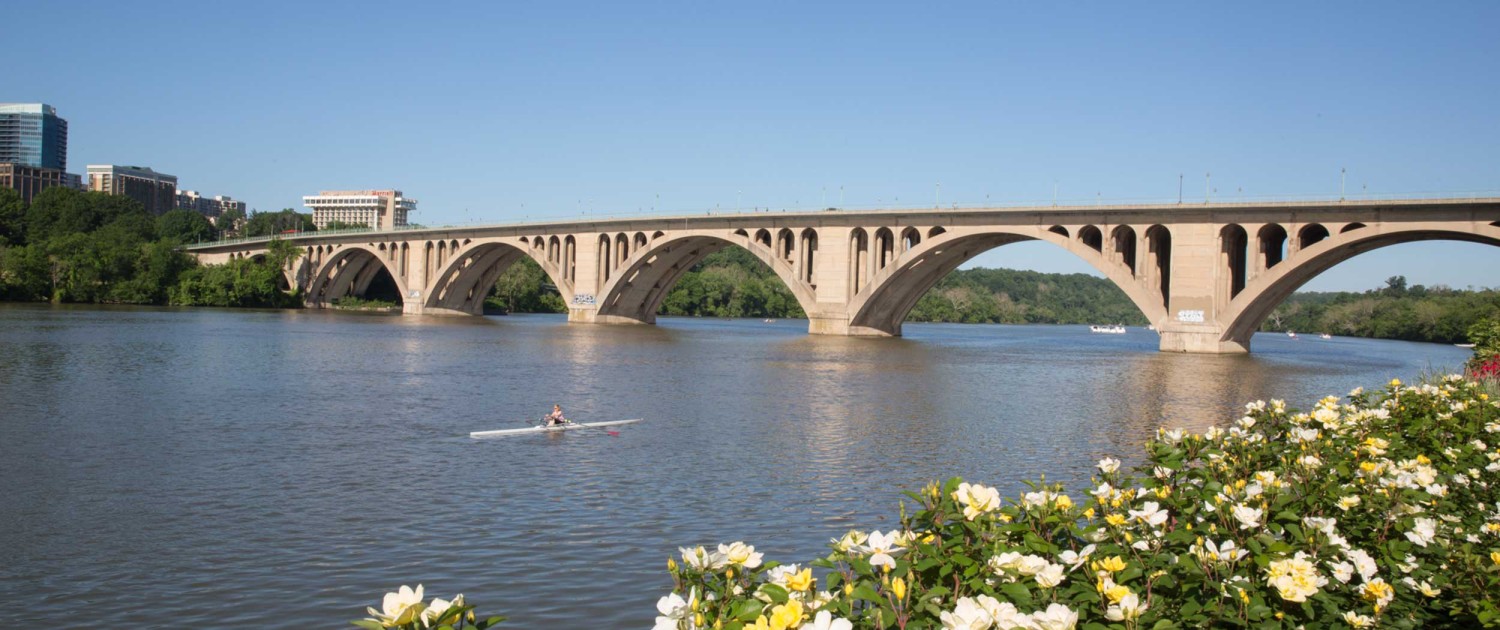Georgetown’s Hidden Waterfront is Finally Opening—Here’s What Locals Should Know

Georgetown’s Hidden Waterfront is Finally Opening—Here’s What Locals Should Know
For years, one of D.C.’s most scenic stretches of waterfront has remained largely out of reach—tucked behind fences, locked gates, and the quiet reserve of institutional ownership. But that’s about to change. Thanks to a new partnership between Georgetown University, the National Park Service, and the District of Columbia Government, a hidden gem along the Potomac River is finally becoming accessible to the public—and it’s a game-changer for outdoor lovers, local residents, and real estate watchers alike.
A Forgotten Edge of the Waterfront
If you’ve ever crossed the Francis Scott Key Bridge into D.C., you’ve passed by it: a leafy, underused patch of shoreline just west of the popular Georgetown Waterfront Park. While the eastern waterfront bustles with restaurants, fountains, and walkers, the western edge has stayed quiet and fenced off—until now.
Historically owned by Georgetown University and loosely managed under federal oversight, the area was off-limits for decades. But the demand for green space and waterfront access has made this forgotten corner ripe for renewal.
The 10-Year Deal Unlocking New Access
A new 10-year cooperative agreement between Georgetown University, the National Park Service (NPS), and the D.C. Government will open this section of riverfront to the public. The land will remain university-owned, but the NPS will maintain it as part of the broader park system, with the District funding trail work and safety improvements.
- The land stays under Georgetown’s ownership, but it will be managed by the National Park Service.
- D.C. will contribute infrastructure funding to restore and improve access.
- Plans include trail expansion, boat access points, and restored natural areas.
What’s Coming: Kayak Launches, Trails & More
- Kayak and Canoe Launches: A natural inlet will be developed for small boat access—an exciting addition for Potomac River paddlers.
- Extended Trails: The area will bridge the Capital Crescent Trail and the Rock Creek Park trail network, offering seamless new loops for runners and cyclists.
- Public Shoreline Access: Walkways, benches, and scenic overlooks will make the shoreline more accessible and relaxing.
- Environmental Restoration: Wetlands and wooded areas will be protected and revitalized, enhancing the site’s natural character.
Why It Matters to Locals
For locals in the DMV—especially in Georgetown, Foggy Bottom, Arlington, and Upper Northwest D.C.—this opening is more than just a new place to hang out. It enhances walkability, promotes river access, and deepens the appeal of an already highly desirable neighborhood.
For fans of the Capital Crescent Trail, the opening provides a more scenic and continuous route along the Potomac—perfect for long bike rides or early morning jogs. And for residents living nearby, it's a lifestyle upgrade that could soon reflect in home values and demand.
Real Estate and Lifestyle Impact
As real estate professionals, we see waterfront access as a huge asset—and this change introduces a rare new dimension to Georgetown living. Homes and condos in close proximity to open parkland and recreational amenities consistently perform well in terms of value retention, buyer interest, and rental demand.
With the Georgetown waterfront now poised to become more vibrant, livable, and connected than ever, it’s likely this hidden area will be a hot topic in both the housing market and the local lifestyle scene.
Ready to explore D.C.’s next waterfront gem—or curious how this change might impact your property search or home value?
Reach out to The Jamil Brothers Realty Group today. We’re always here to help you navigate what’s new, what’s next, and what’s possible in DMV real estate.
Categories
Recent Posts










Let's Connect

